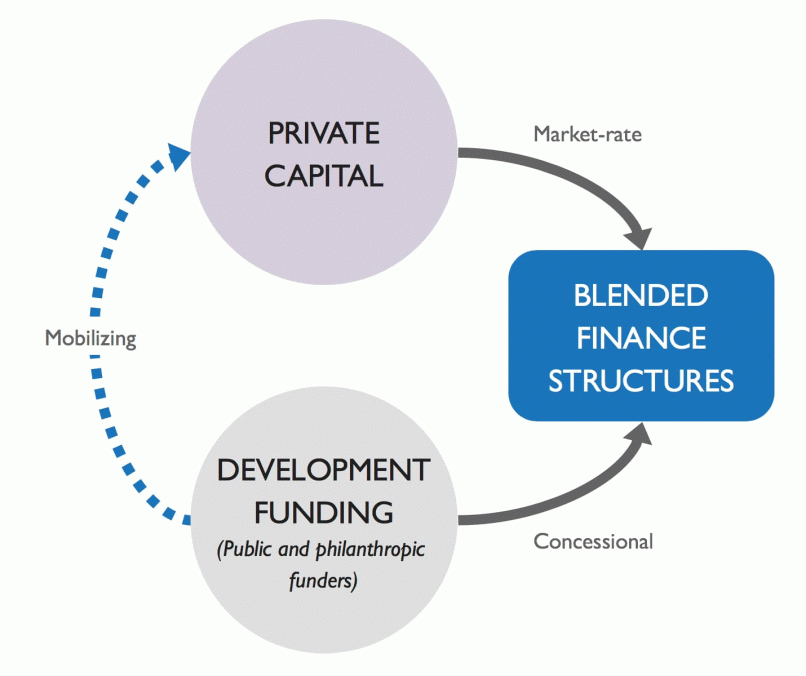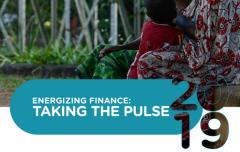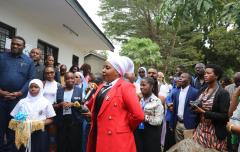Blended finance: a powerful tool for achieving SDG7
The Energizing Finance 2019 report series highlights a massive shortfall in finance commitments for electricity and clean cooking access in 20 countries with the greatest energy access deficits.
One of the recommendations presented in Energizing Finance: Taking the Pulse 2019 is for government to “Take the lead in enabling blended finance for energy access.” It goes on to say that “Governments have the ability to secure concessional financing from multilateral and bilateral development partners that can be used to provide risk-tolerant financing to enterprises. This can in turn crowd in more commercial capital from investors.”
Blended finance is a term that gets used a lot in the context of Sustainable Development Goal 7 (SDG7)—affordable, reliable, sustainable and modern energy for all by 2030.
We asked 2019 SEforALL Charrettes participant Ladé Araba, Managing Director for Africa at Convergence Blended Finance, to explain this concept, why it is so crucial to achieving SDG7, and how this form of financing can evolve to help make SDG7 a reality.
Let’s start with the basics. What does “blended finance” mean?
Convergence’s definition of blended finance is the use of catalytic capital from public or philanthropic sources to increase private sector investment in developing countries towards sustainable development. We see this type of finance as directly targeting the SDGs.
Why is blended finance so important to achieving the SDGs, particularly SDG7?
Blended finance can address critical challenges to increasing access to clean and affordable energy. Providing energy access requires considerable capital expenditures in building the infrastructure to support energy supply, as well as on-going operations and maintenance.
For electricity, we know that millions of people live in rural communities with no grid connection. They are widely dispersed with very low levels of density. So, reaching these households is more costly and time consuming. The issue of affordability means project owners can’t charge full cost-recovery prices for the infrastructure, products, and services they deliver. This means that off-grid solutions must seek scale to be economical.
Without natural economies of scale, solutions must be cheap and easy to deploy and affordable credit must be provided to the end-users to facilitate affordability. This is where innovative blended finance vehicles and structures can lend a hand. They can help reduce the cost of capital, lower the cost of access, and attract large sums of financing to seemingly unattractive opportunities.
Is the idea to catalyze private sector investment in projects by first having development funds committed to that same project?
Exactly. That development funding is what we call concessional capital and it can come from public or philanthropic sources. We can create more investable opportunities in energy access projects by having concessional capital come into deals earlier when it is most risky, in order to create commercially viable projects, companies, and structures.
In addition, project sponsors and developers can work with partners to create more innovative financial products that are aligned with the commercial mandates of investors. Aligning these products with the existing financial instruments and products that investors are familiar with will help to increase their comfort levels, overcoming barriers to adoption.




